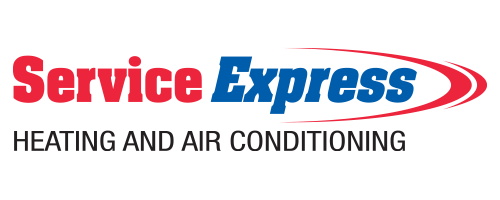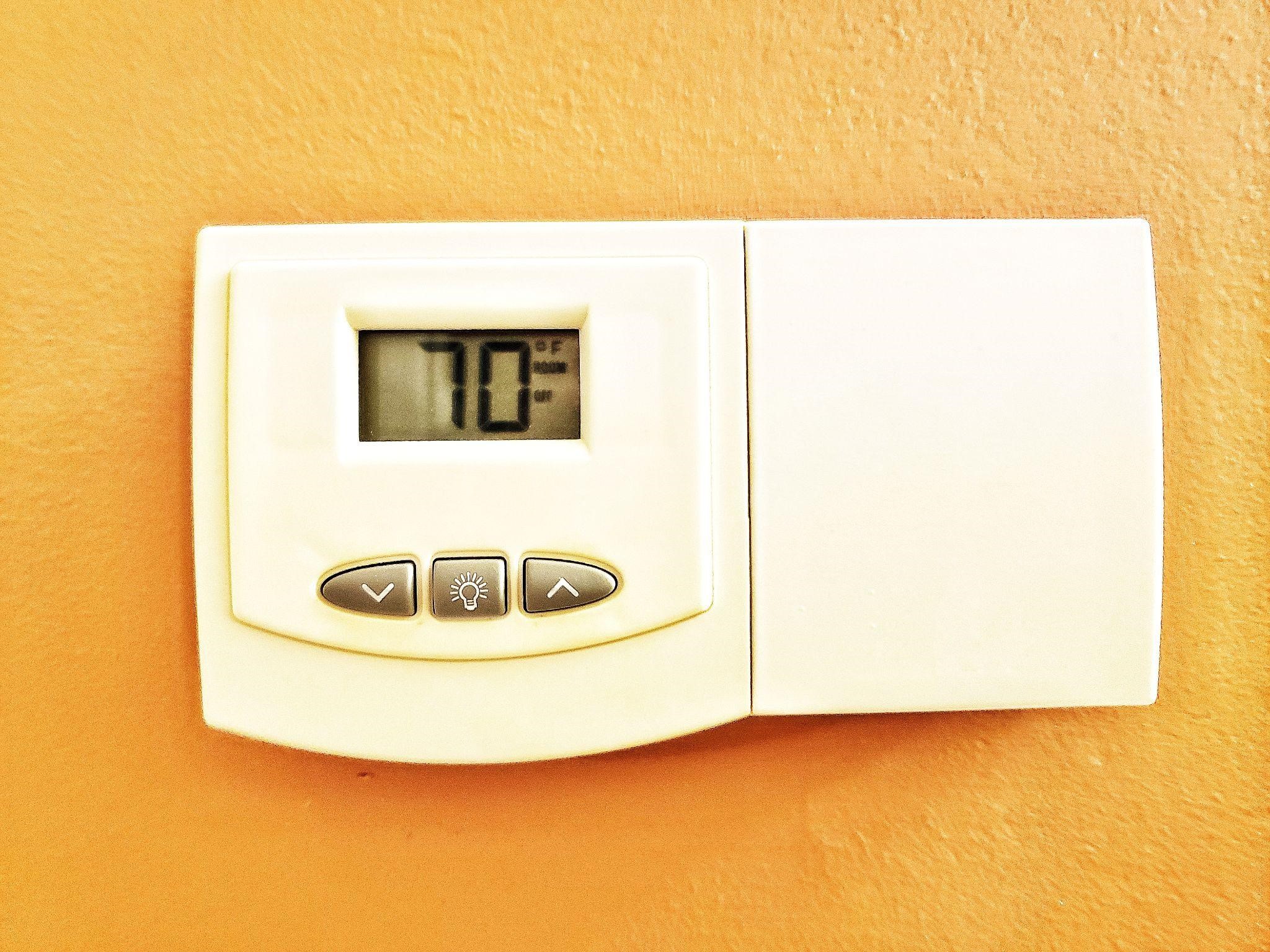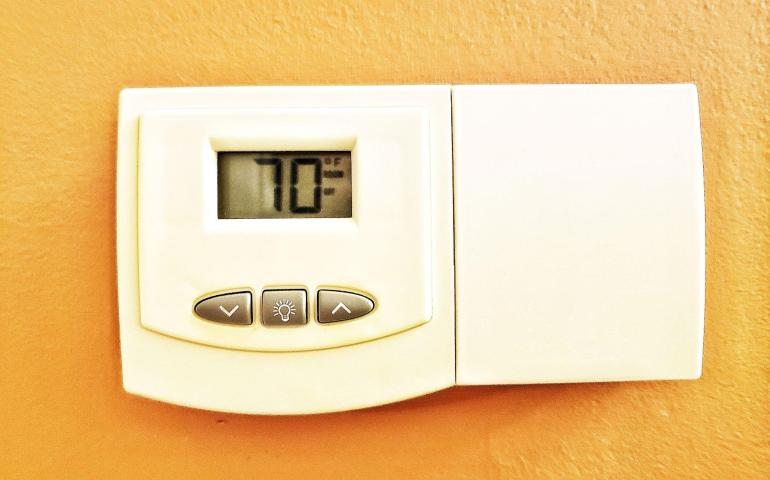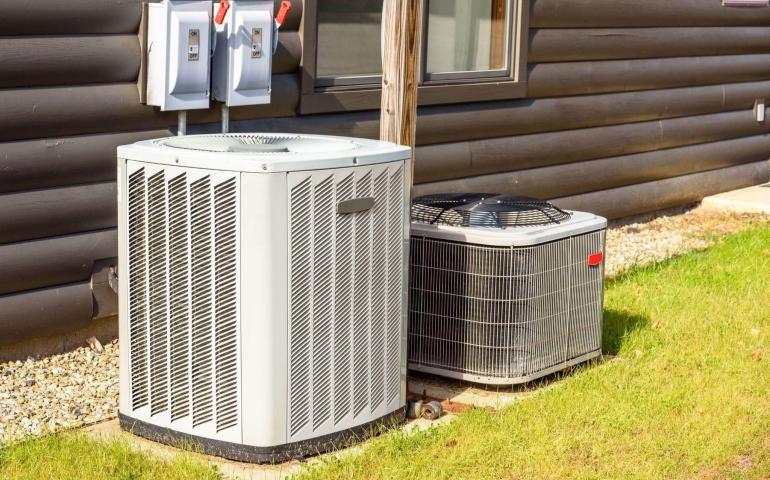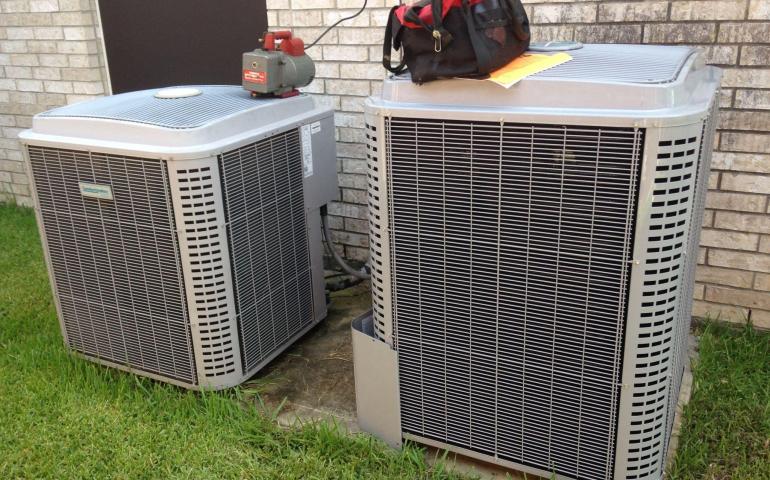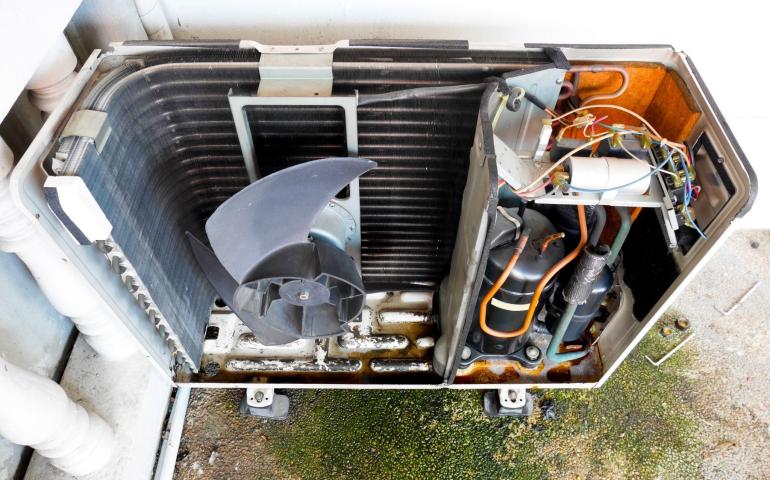A part of your HVAC system that often gets overlooked is your thermostat. It’s the brain of your heating and cooling system that tells it when to turn on and off and what temperature to keep your home at.
Having an outdated or malfunctioning thermostat can impact your home’s comfort and efficiency. Knowing when to get a new thermostat means knowing what to look out for, so we’re breaking down the signs that it’s time to upgrade your thermostat.
How Do I Know If I Need a New Thermostat?
- It’s old or outdated: Thermostats that are over 10–15 years old often struggle to keep up with modern HVAC technology and requirements.
- Inconsistent temperature or uneven heating or cooling: Pay attention to whether some rooms in your home feel hotter or colder than the rest of your home.
- Difficulty programming or lack of smart features: A thermostat that’s hard to program or can’t connect to smart home devices might be limiting your home’s efficiency.
- Higher energy bills: If you're using your HVAC normally, an outdated thermostat might be causing your system to work harder than it needs to and turn on unnecessarily.
- Frequent system cycling or short-cycling: If your system is turning on and off constantly, it may indicate it’s time to get a new thermostat.
Upgrade to Smart Thermostat or Stick With Basic?
If it is time to replace your thermostat, it’s important to know all your options.
A basic programmable thermostat gives you the option to set a daily or weekly schedule. Upgrading to a smart thermostat gives you benefits like Wi-Fi capabilities, smartphone and app controls, and smart routines that can adjust around your schedule. They will also make your home comfort system run more efficiently, which makes it a worthwhile investment.
What to Consider Before You Upgrade Your Thermostat
Compatibility:
Not every thermostat will work with every HVAC system. For example, some older furnaces or heat pumps may require special wiring, while others may not support certain smart features. Make sure your new thermostat is compatible with your current HVAC equipment.
Desired Features:
What capabilities do you want your thermostat to have? Many modern thermostats offer features like energy usage reports, voice control, or even the ability to learn your heating and cooling habits. Is controlling the temperature on your phone important? Do you want a unit that connects to sensors around your home, ensuring even temperatures?
Lifestyle:
For families with busy schedules, a programmable or smart thermostat can adjust the temperature automatically as people come and go. If you work from home, consistent comfort throughout the day may be more important to you. Even cooking habits can make a difference. A smart thermostat can adjust to offset kitchen heat during meal prep.
DIY vs. Professional Installation
Should you install your new thermostat on your own? While there are some things you can do yourself, like replacing batteries or adjusting settings, professional installation ensures proper compatibility with your HVAC system. They will also ensure safety and warranty compliance. A professional makes sure your thermostat upgrade integrates seamlessly with your system, saving you time and money.
Conclusion
Getting a new thermostat is about more than just upgrading the technology, it’s about enhancing your level of comfort and increasing the amount of control you have over your indoor climate. Upgrading your thermostat could also be an easy solution for reducing energy bills and uneven temperatures.
The right thermostat should fit seamlessly into your lifestyle and support your HVAC system for years to come. Contact our team to help you select your new thermostat and reap the benefits of upgrading your home’s climate control hub.
